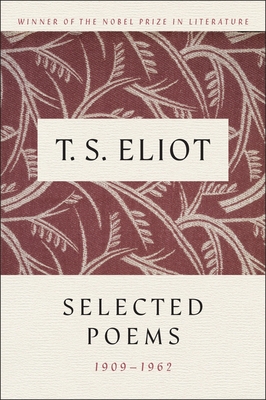
description
try, The Book of Kells, focuses on the illuminated medieval manuscript with a series of meditations on its various aspects, from the ink and pigments used by the scribes and illustrators to the various plants, animals, and figures depicted on its pages, including the punctuation and use of decoration in the capital letters. It also contains poems on the flora and fauna of Ireland (swans, hares, magpies, fuchsia, gorse, crocosmia, etc.) that Crooker encountered during writing residencies at the Tyrone Guthrie Centre in County Monaghan. The third thread in this volume is a series of glosas, a fifteenth-century Spanish form that incorporates a quatrain from other poems; here, Irish writers (Yeats, Heaney, O'Driscoll) provide the embedded lines. In her work, Crooker considers the struggle to pin lines to the page, to tie experience to the written word, to wrestle between faith and doubt, to accept the aging body as it tries to be fully alive in the world. Crooker contrasts the age of faith, when the Book of Kells was created, to our modern age of doubt, and uses as her foundation the old stones of Irish myth and lore from pre-Christian times. She juxtaposes a time when the written word was laborious and sacred against our electronic world, where communication by pixel is easy and brief. Above all, she captures the awe that the word inspired in preliterate times: "The world was the Book of God. The alphabet shimmered and buzzed with beauty."
member goods
No member items were found under this heading.
Return Policy
All sales are final
Shipping
No special shipping considerations available.
Shipping fees determined at checkout.







